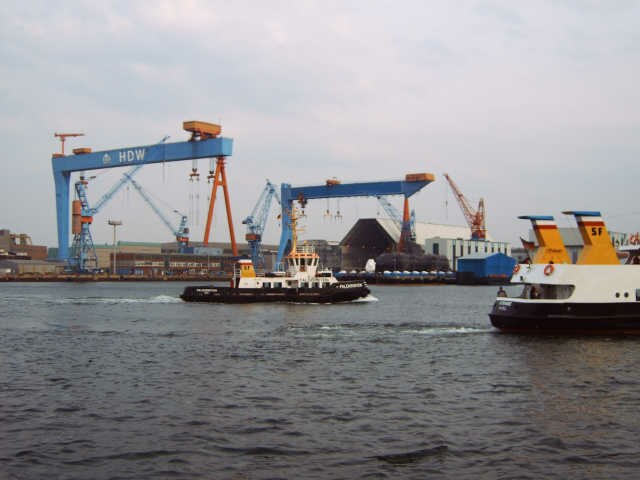As the United States undergoes a significant naval expansion, transitioning into a competitive endeavor to recruit and retain a skilled workforce, the US Navy is allocating funds for various initiatives aimed at workforce training, childcare, housing, as well as commuting support within American shipyards.
However, there exists an opportunity for Congress to amplify these efforts further. The implementation of individual tax rebates and additional incentives focused on community development within shipyard areas can enhance the US Navy’s endeavors.
This approach ensures comprehensive support for both shipbuilders and their communities, contributing to the overarching goal of strengthening America’s maritime capabilities.
Incentives provided for workforce recruitment by companies hiring new employees are a common practice, albeit frequently characterized by inadequate management and a limited impact on the establishment of a self-sustaining shipyard community.
Rebate on Local and State Taxes for Shipyard Workers

The focal points of America’s shipbuilding and ship repair facilities are concentrated in regions characterized by high taxation, imposing considerable burdens on shipyard workers.
Notably, naval shipbuilders in Pennsylvania, Rhode Island, Connecticut, Wisconsin, as well as Maine contend with some of the nation’s highest property tax rates.
Additionally, elevated state and local income tax rates adversely affect shipbuilders spanning from California to Virginia.
The West and Gulf coasts further grapple with high sales tax rates, posing constraints on shipbuilder earnings.
Providing tax relief in this context would furnish an immediate and direct stimulus to a sector integral to America’s defense.
By offering Federal rebates that enable shipbuilding families in states like Alabama or Louisiana to bypass sales tax rates exceeding nine percent, the attractiveness of a career in shipbuilding is significantly heightened.
The distinctive advantage of rebating state and local taxes for shipyard workers lies in its direct impact, channeling the funds directly to the shipbuilder.
This approach avoids the potential dilution of impact witnessed in initiatives related to housing, workforce training, and transportation, where funds may get absorbed in company profit margins and operational expenses.
A straightforward tax rebate stands out as one of the most efficient forms of subsidy.
